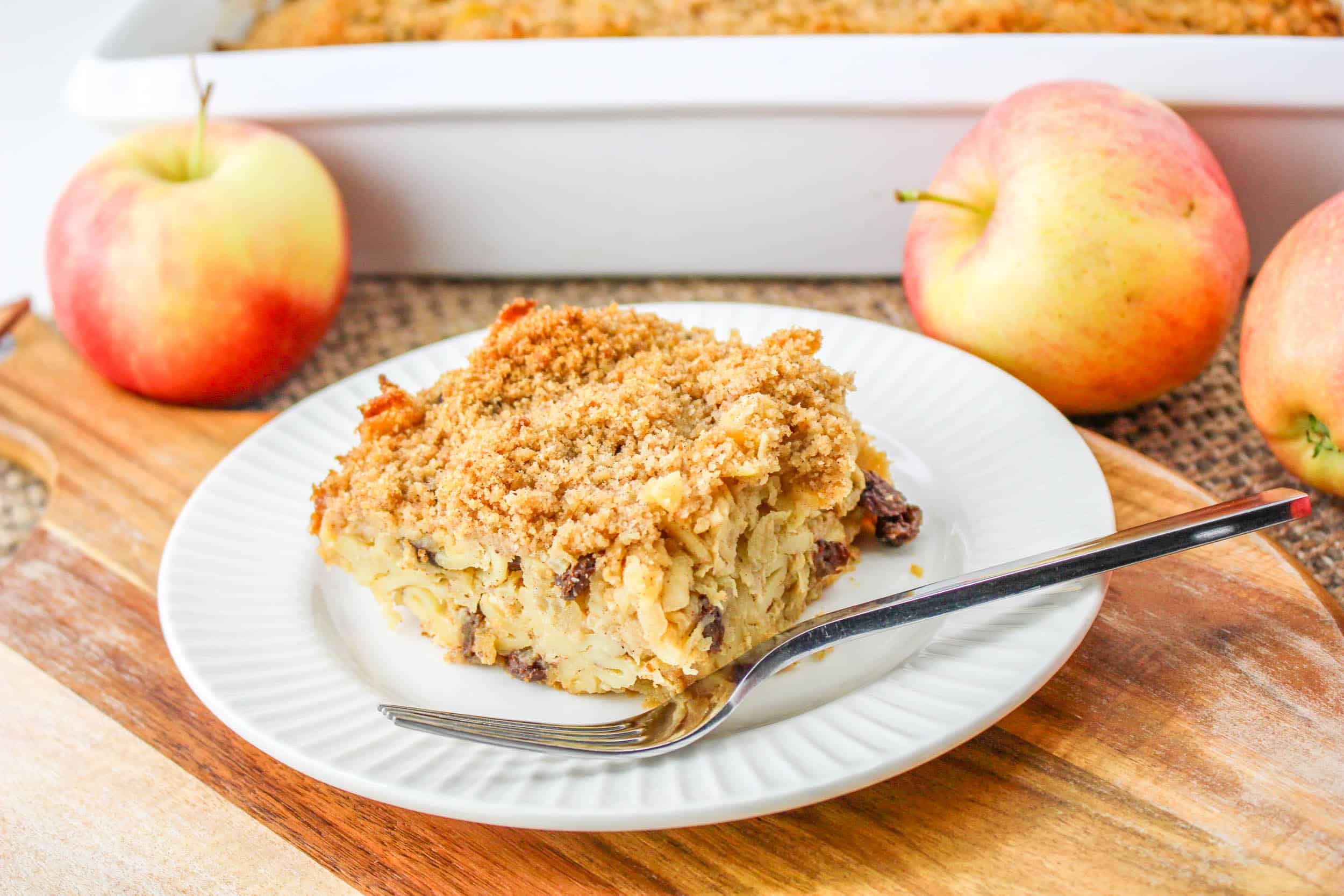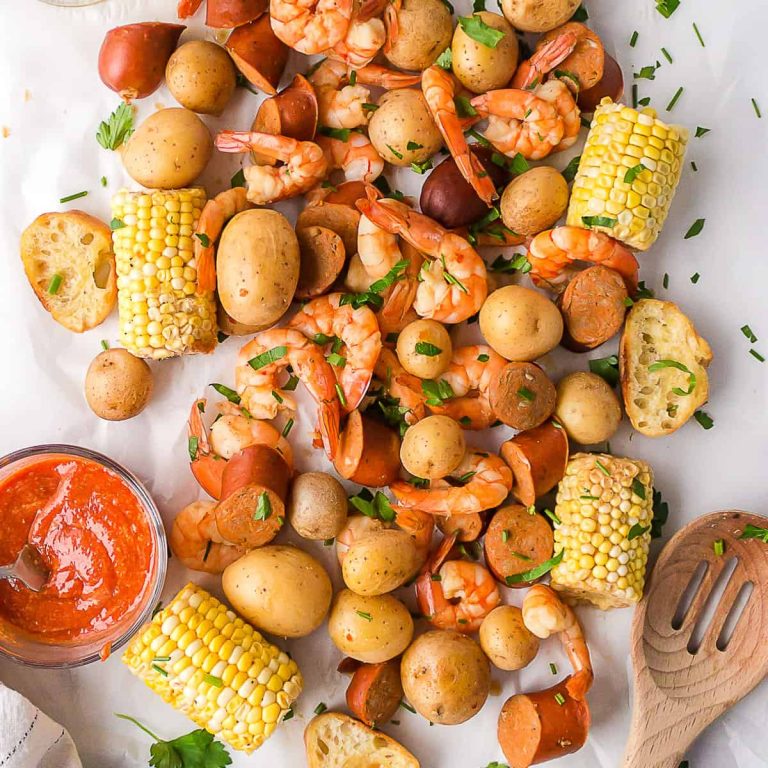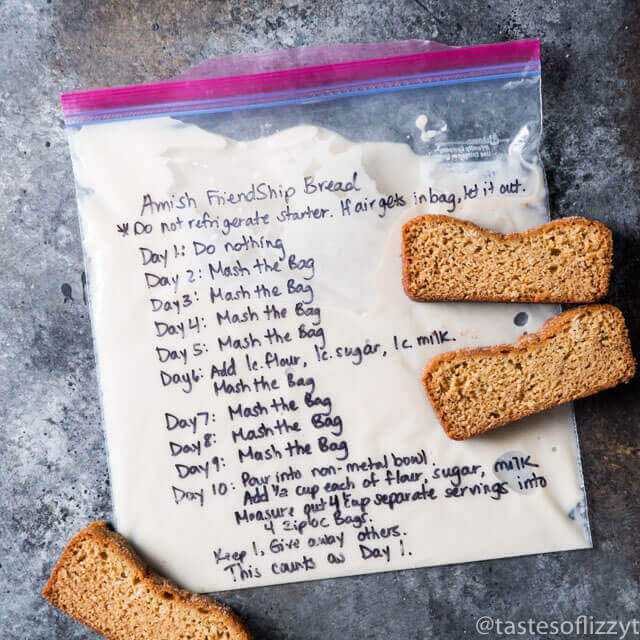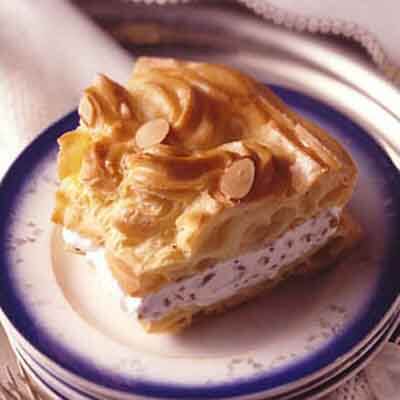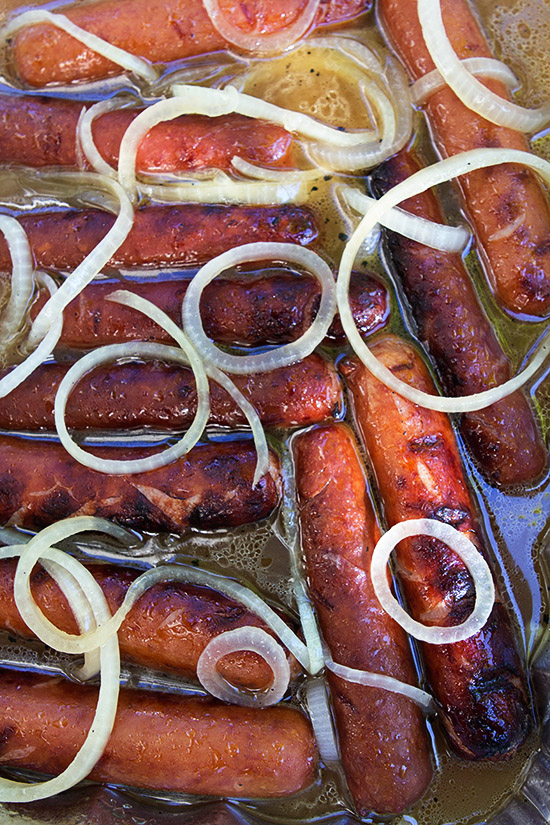Kugela: Discover the Rich Heritage and Recipe
Kugela, also called kugelis, emerged in Lithuania several centuries ago. Originating from a time when potatoes were introduced to Eastern Europe, Lithuanian communities adapted this versatile tuber into various dishes. According to historians, potatoes became a staple in Lithuania by the 18th century. Kugela’s recipe likely evolved from simple potato dishes that peasant families relied on for sustenance. Integration of bacon and onions into the casserole provided both flavor and essential nutrients.
Cultural Significance
Kugela holds a distinctive place in Lithuanian culture, transcending its humble beginnings. Families often prepare it for significant events like Christmas and weddings, and it’s a common feature at local festivals and community gatherings. Besides being a beloved comfort food, Kugela represents continuity and tradition. Recipes are usually passed down from one generation to the next, preserving family heritage. Sharing Kugela at family and community events fosters a sense of unity and cultural identity.
Celebrate Lithuanian heritage by making Kugela, and partake in a tradition that has connected families and friends for generations.
Ingredients and Variations of Kugela
Key Ingredients
Kugela features a few essential ingredients that define its traditional flavor and texture. Potatoes, eggs, and flour form the base of the dish. Specifically, russet potatoes work best due to their starchy content. Bacon adds richness, while onions provide a subtle sweetness. Milk or cream helps to bind the mixture, giving it a creamy consistency. Salt and pepper are fundamental seasonings to enhance the overall taste.
Regional Variations
Regional variations of Kugela offer unique twists on the classic recipe. Some regions incorporate different meats, like smoked ham or sausages, adding a distinct flavor. Others may include grated carrots or parsnips for additional texture and sweetness. In certain areas, herbs like dill or parsley are introduced to add a fresh note to the dish. Additionally, variations in preparation methods, such as baking times or temperatures, also contribute to regional differences in Kugela.
Preparing Traditional Lithuanian Kugela
Step-by-Step Cooking Guide
Start by gathering all necessary ingredients. You’ll need 8-10 large potatoes, 2-3 onions, 6-8 slices of bacon, 5-6 eggs, 2 cups of whole milk, 1/2 cup of flour, salt, and pepper. Ensure the bacon is sliced into small pieces, while onions are finely chopped.
- Preheat Oven: Heat your oven to 350°F (175°C).
- Cook Bacon and Onions: In a skillet, cook bacon pieces until crisp. Add chopped onions and sauté until golden brown. Remove from heat and set aside.
- Prepare Potatoes: Peel and grate potatoes, placing them in a large bowl. Drain excess liquid using a cheesecloth.
- Mix Ingredients: In a separate bowl, beat the eggs, then combine them with the grated potatoes. Add the cooked bacon and onions, stir in flour, and mix well.
- Add Milk and Seasonings: Pour in the milk and season generously with salt and pepper. Mix thoroughly to ensure even distribution.
- Transfer to Baking Dish: Grease a baking dish with butter or oil, then pour the mixture into it, spreading it evenly.
- Bake: Place the dish in the preheated oven and bake for 90 minutes, or until the top is golden brown and a knife inserted in the center comes out clean.
- Choose the Right Potatoes: Use starchy potatoes like Russets for a creamy texture. Waxy potatoes can make the dish too dense.
- Properly Drain Potatoes: Remove as much liquid as possible from the grated potatoes to prevent sogginess.
- Crisp Bacon: Ensure the bacon is crispy to add a delightful crunch and rich flavor.
- Control Seasoning: Taste the raw mixture before baking to adjust salt and pepper as needed. This ensures the final dish isn’t bland.
- Use Fresh Ingredients: Opt for fresh, high-quality ingredients. This significantly enhances the overall flavor and texture.
- Check Consistency: The mixture should be thick but pourable. If it’s too runny, add a bit more flour. If too thick, add a splash more milk.
Following these steps and tips, you can prepare a delicious traditional Lithuanian Kugela to enjoy at family gatherings or special events, continuing the rich cultural heritage attached to this beloved dish.
Pairing and Serving Suggestions
Traditional Accompaniments
Pairing Lithuanian kugela with traditional accompaniments enhances its flavor. Sour cream often complements kugela, adding a creamy and tangy contrast. Dill pickles offer a crunchy texture and a burst of acidity, balancing the dish’s richness. Beet salads bring a vibrant color and earthy sweetness to the table, creating a well-rounded meal. Serve kugela with a simple side of sauerkraut for a tangy addition that enhances the savory potato flavors.
Modern Pairing Ideas
Modern pairing ideas give Lithuanian kugela a contemporary twist. Try serving kugela with grilled vegetables like zucchini and bell peppers for a colorful and nutritious side. Top the dish with a dollop of Greek yogurt mixed with fresh herbs to add a refreshing note. A light, mixed green salad with a citrus vinaigrette can add a zesty contrast. Consider offering kugela alongside roasted chicken or grilled salmon to introduce protein and elevate the meal’s overall appeal.
Conclusion
Lithuanian Kugela isn’t just a dish; it’s a celebration of heritage and family traditions. Whether you’re sticking to classic recipes or exploring modern pairings, Kugela offers a versatile and flavorful experience. By combining simple ingredients like potatoes, bacon, and onions, you can create a comforting meal that brings people together. So next time you’re looking to honor tradition or simply try something new, consider making Kugela. Your taste buds and loved ones will thank you.
